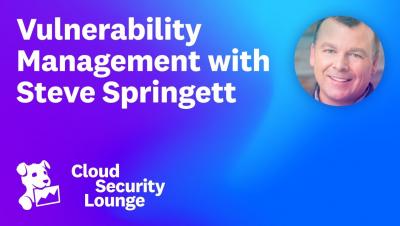Container Security Fundamentals - Linux Namespaces (Part 2): The PID Namespace
In this video we continue our examination of Linux namespaces by looking at some details of how the PID namespace can be used to isolate a container’s view of processes running on the host, and how this feature can be used for troubleshooting container problems. To learn more read our blog on Datadog’s Security Labs site.











